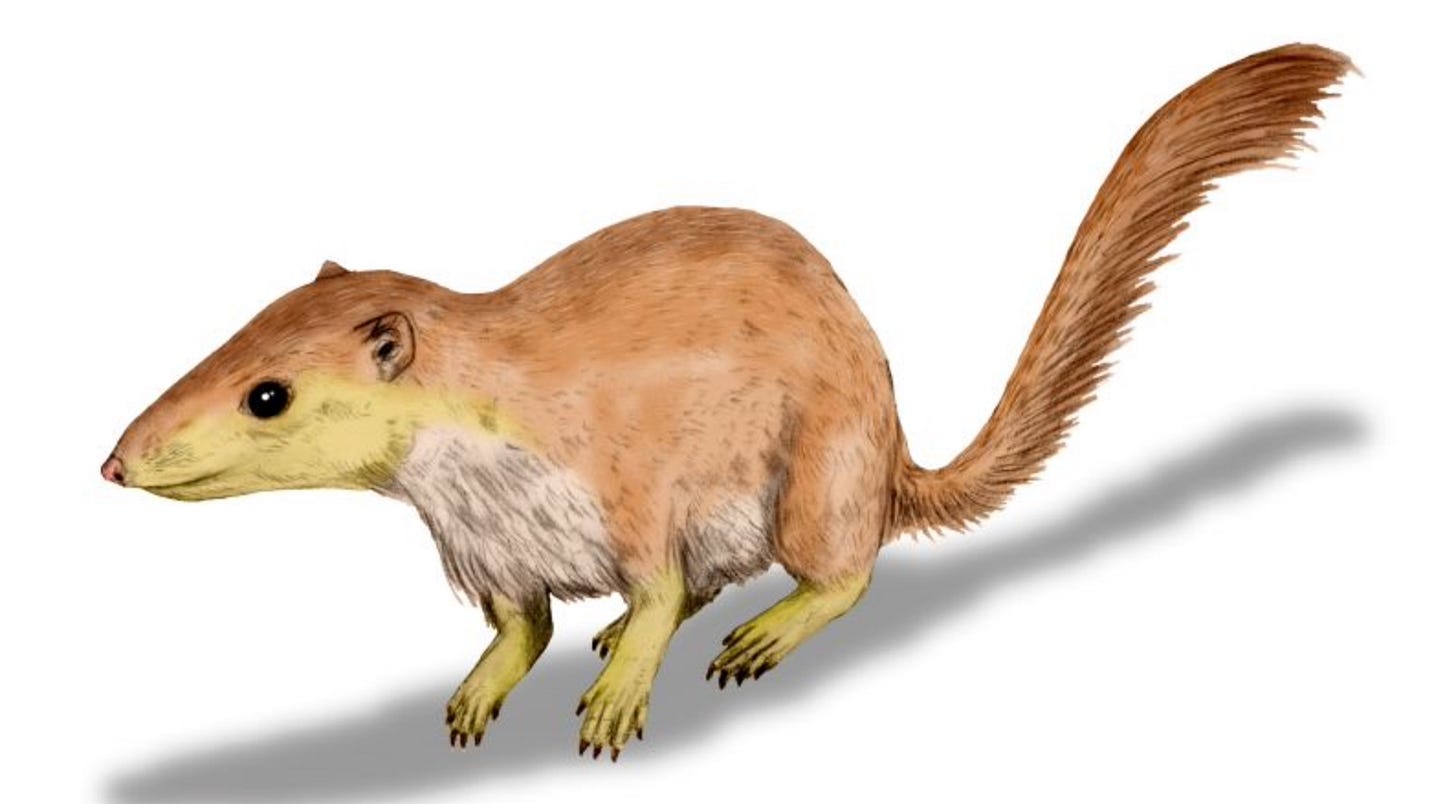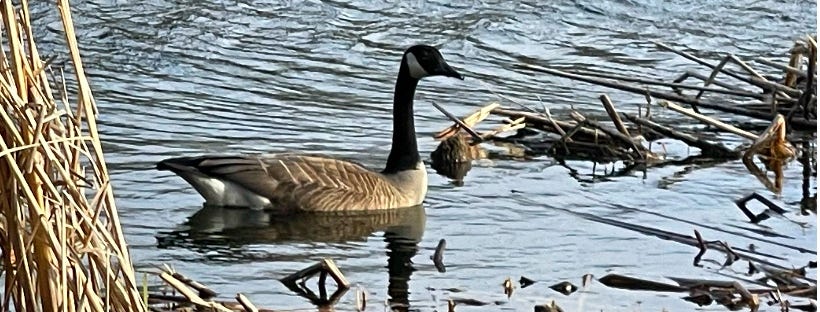Some fascinating articles you want to read this morning.
Articles to read in the weekend about events from a billion years ago until yesterday, plus access to all 48 articles published in The Planet.
I started this week by writing about some of President Biden's policy challenges. On Tuesday, I wrote why spending a minimum of two hours per week in nature is good for your health, while the next day, I wrote that our average intake of microplastics, equal to a credit card per week, is not suitable for your health. On Thursday, I stayed on the plastic pollution theme when writing about the shocking amounts of plastics in the ocean, and yesterday I wrote how those oceans are rising due to the melting of glaciers and ice sheets.
Some household messages on what works and what doesn’t
These and all 48 articles of the past eight weeks are all available here. However, this may soon change. Against the advice of others, I have tried to put none of my writing behind a paywall. I also wrote every day for 48 days to make a quick start.
This approach was only partly successful: On the one hand, the sign-ups for free subscriptions and the number of people that daily read my articles are far above expectations. On the other hand, only one new paid subscription came in for the past two weeks.
I don't complain, and I am happy about those of you that generously support this initiative, but I will soon have to make changes in the distribution and frequency of the posts because the present setup may work for all of you; it doesn't work for me.
Something to read
But it is Saturday morning while you read this (and late Friday night for me), and I won't let you dive into the weekend without giving you something to read. I will provide you with some light reading after all the worldwide challenges of last week. If you didn't have time to read last week's articles or even the earlier ones, you find them all on the website.
Let's start the weekend with a journey through time.
1,000,000,000 years ago
A billion years ago, Bicellum Brasieri had an awful day. The tiny animal died. Nobody paid much attention to its sad passing until scientists in the Scottish Highlands recently discovered Bicellum. A billion years is likely the longest time ever for anyone on this planet to wait for worldwide fame, but this week that is what happened to little Bicellum. Scientists believe that the microfossil that they found at Loch Torridon contains two distinct cell types. It makes Bicellum the earliest multicellular animal ever recorded. The fossil represents the first step towards more complex multicellular structures. The find is unique and provides information about when the evolution of single-cell organisms to more complex life forms may have started. It also suggests that this could have taken place in freshwater lakes instead of in the oceans.
100,000,000 years ago
One hundred million years ago, Africa split from South America. It remained an island for 80 million years until it connected with Asia some 20 million years ago. These dates complicate our understanding of our earliest ancestors.

The oldest primate relative is a rat-like little animal named Purgatorius that lived some 65 million years ago during a time of significant change on the planet where the dinosaurs had just disappeared. It lived in Montana, far away from the island of Africa. The oldest real primates, related to monkeys and apes, appeared some 55 million years ago in Asia, North America, and Europe. Humans originated in Africa, and our closest relatives, chimps and gorillas, are also native to Africa. But how should we understand that they got there if their ancestors lived 55 million years ago outside the island of Africa?
Read more in this fascinating article, where the land bridges theory has to take a step back and allow at least some room on stage for the raft theories.
22,000,000 years ago
Fast forward in time, and we are at only 22 million years ago, when a rock of about 5 feet (1.7 meters) started a long, dull, and cold journey that would end in Botswana's Central Kalahari Game Reserve on June 2, 2018. Just before arriving, it broke up in the earth’s atmosphere, and only 23 fragments were found. Read here the interesting story about its discovery and the detailed knowledge of the scientists, for instance, that its speed was 37,282 miles per hour.
5,000 years ago
About 5,500 to 5,000 years ago, 73 tombs were made in Egypt along the Nile Delta, some 150 kilometers northeast of Cairo. They have recently been found and studied by archeologists. The human remains were buried in a squatting position with the head facing toward the west, which is the direction where the ancient Egyptians believed the dead dwelled,
Yesterday
Yesterday, I walked near a lake where I saw a Canada goose land on the water. I watched its technique, and it looked exactly like a plane landing. Once in the water, it taxied towards where I was standing. These birds have no fear for humans; there was nobody around the lake, and still, it swims to where I was standing.
It may be that humans have so often fed the bird that it came to collect lunch, but perhaps these birds also have a kind of natural arrogance. We have built our cities where they used to live, so they expect us to give them their space to live in our parks and waters. It sounds perfectly fair to me. I often pass a couple sitting just next to the road, not even taking the effort to move 20 meters into the field to get a bit of privacy or security. But I appreciate it since I like to look at them and admire their long black neck and their white cheeks. I had seen some of them before, but I never saw so many as here in Canada, which shouldn't be a surprise with their name. This goose in the photo is the one that swam up to me.
Don't forget to subscribe.
And have a great weekend.
Notes:
Purgatorius drawing is by Nobu Tamura - Own work, CC BY 3.0, https://commons.wikimedia.org/w/index.php?curid=19461292







Thank you for those links to fascinating articles and videos. I’ve enjoyed reading your articles and have found everyone interesting and informative. As to the Canada goose they have decided not to migrate from Long Island and have become a bit of a nuisance in any space that contains a large grassy area. Beautiful but just too many of them.
Very humbling that I'm made of billions of years of matter which is still in progress. And can enjoy being part of it conscientiously 🙏🌍👣
Thank you Alexander